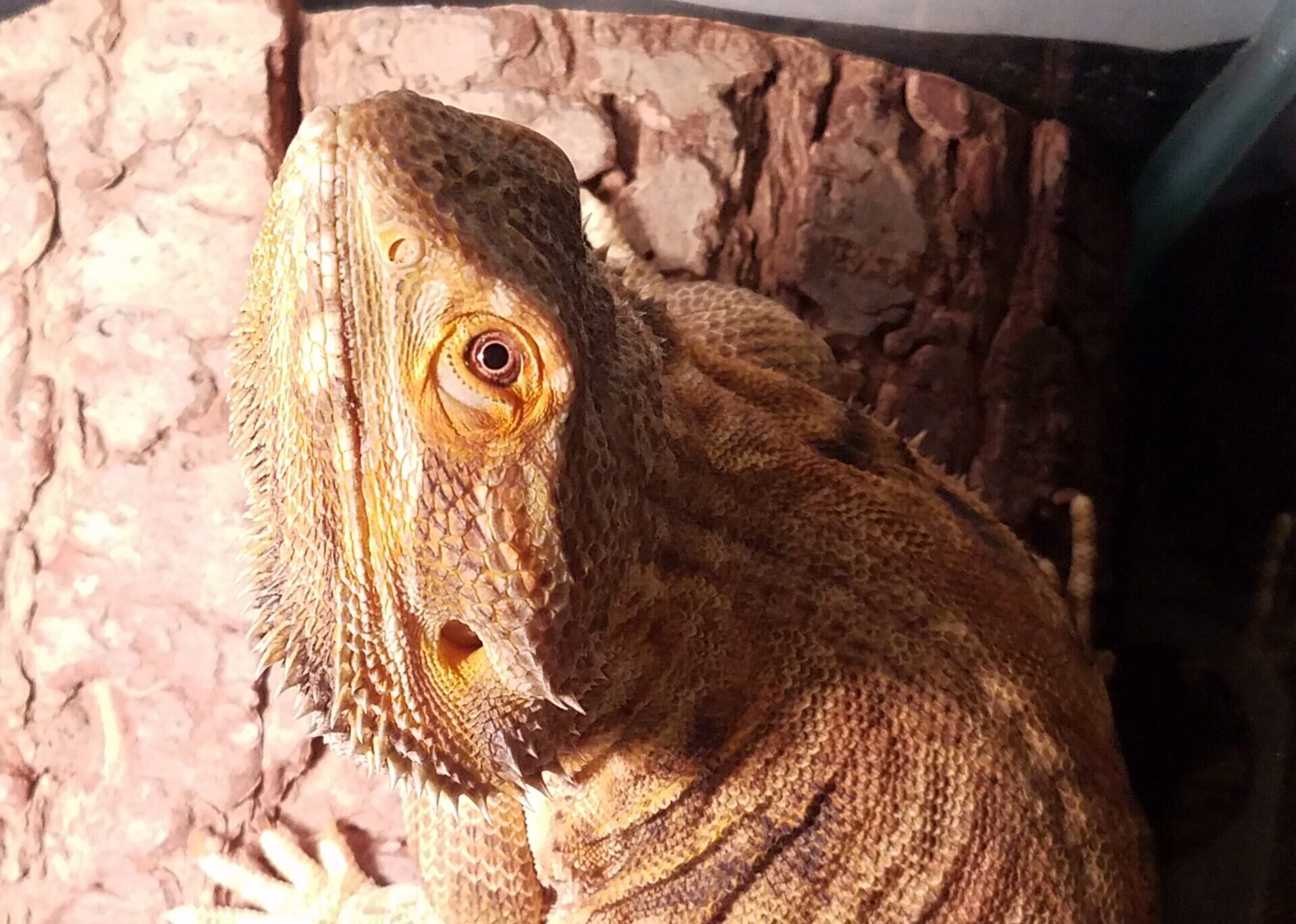Sugar Gliders
(Petaurus breviceps)
- Sugar gliders are small, arboreal marsupials that are native to parts of Australia, some isles of Indonesia, and New Guinea. They’re one of many gliding opossums that can be seen in these regions.
- Being marsupials, gliders are born tiny and hairless, crawl up into their mother’s pouch, and stay there attached to the nipple for a little over 2 months before they are developed enough to venture out. Gliders generally like hiding in small holes in trees or branches, lined with leaves (which mimics the pouch they grew up in). In captivity, gliders seem to enjoy pouches made from fleece, or even bird house alternatives (if it’s made with safe materials, that is).
- Sugar gliders are able to “glide” from tree to tree using a fleshy membrane called a patagium. This membrane connects the fifth forefinger on each front foot to the corresponding ankle on each side of their bodies and can be stretched out at will. Sometimes you’ll catch them hanging upside down, fully stretching out their patagium.
- Sugar gliders are omnivorous, and their diets typically consist of various insects along with plant matter (such as sap, nectar, and pollen). The “sugar” in their name comes from the fact that they tend to eat the sweet sap or gum from acacia and eucalyptus trees in the wild. The diet for a pet sugar glider is rather intensive, and includes various greens, veggies, and fruits that are high in calcium, and low in phosphorous. It also includes a source of protein, which can come from either insects, or an alternative (baby food versions of chicken, etc.). Their diet regiment is a whole subject by itself, and I’d strongly encourage researching the topic before looking into buying gliders as pets.
- As their large eyes would suggest, gliders are nocturnal animals. They do most of their hunting/foraging and socializing during the night (which includes making noise!). The best time to watch gliders play would be during the middle of the night (for mine, it’s usually around 11PM-3AM).
- Sugar Gliders are highly social animals, and normally live in large colonies in the wild (typically around 10 gliders, but sometimes there are even more, and usually they’re all related!). This means that owning only one sugar glider is usually not an option. Gliders need constant companionship, and have even been known to die from loneliness. To gain your glider’s trust, you must take measures to bond with them regularly. This will help them to view you as a member of their colony. A lot of time and effort goes into cultivating a trusting, friendly, happy glider!

